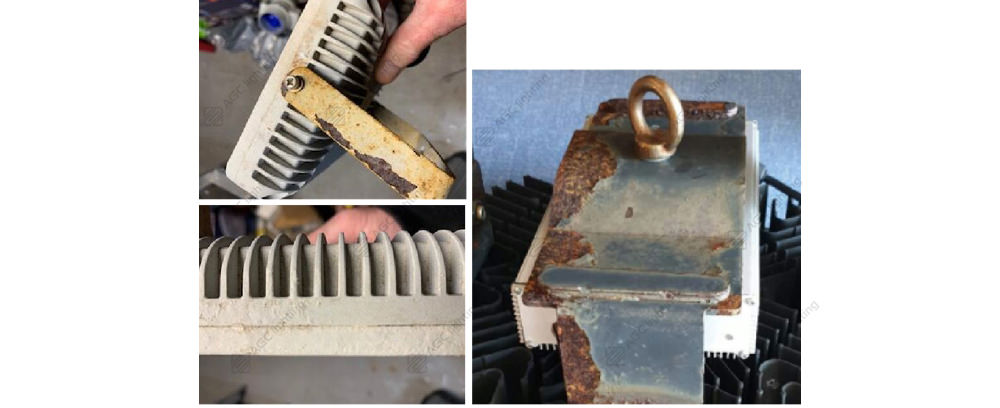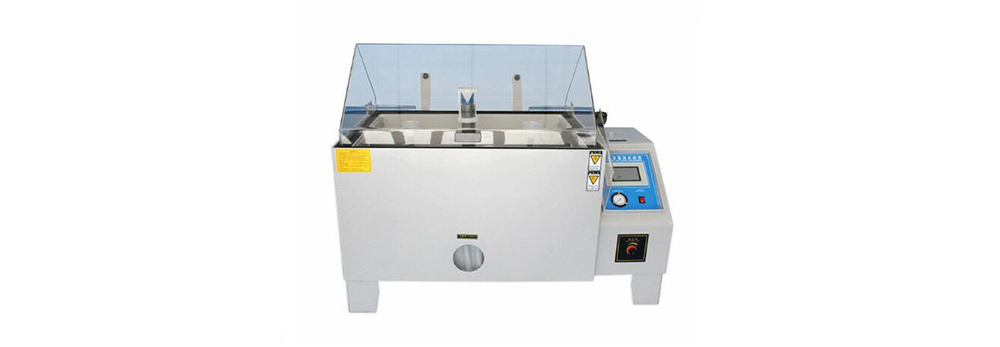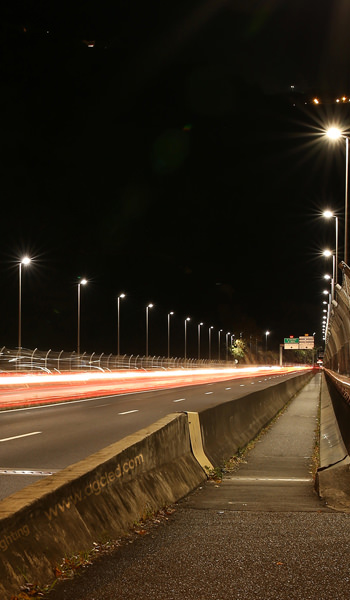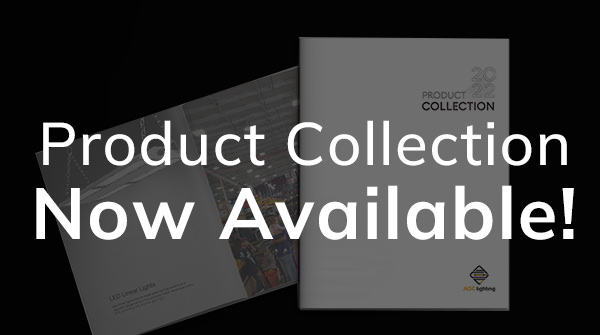In harsh environments like offshore areas, coastal regions, and industrial facilities, lighting fixtures face a constant threat - corrosion. This silent killer can lead to rust, oxidation, and premature failure, compromising the performance and longevity of lighting fixtures. To combat the destructive effects of corrosion, it’s crucial to understand and select the appropriate corrosion classes.
The ISO 12944 standard provides a comprehensive classification system for corrosive environments and the durability of protective painting and coatings. In this blog, we will explore corrosion and these corrosion classes in lighting.
What is corrosion?
Corrosion is the gradual degradation of materials due to chemical or electrochemical reactions with their environment. In lighting fixtures, corrosion can be caused by exposure to moisture, humidity, condensation, chemicals, and pollutants. Additionally, galvanic corrosion can occur when dissimilar metals are in contact with each other in the presence of an electrolyte.

What are corrosion classes?
The ISO 12944 standard deals with the protection of paint systems and covers all parts and features that are important for achieving adequate corrosion protection. This standard is divided into 2 groups of different corrosive environment categories.
Atmospheric environments
According to ISO 9223, atmospheric environments are classified into six categories, from C1 (very low corrosivity) to CX (extreme corrosivity). These categories are based on long-term material weight loss and surface degradation testing in different corrosive environments.
|
Corrosivity Category |
Examples of Typical Environments |
|
|
Exterior |
Interior |
|
|
C1 very low |
|
Heated buildings with clean atmospheres, such as offices, shops, schools, and hotels |
|
C2 low |
Atmosphere with low level of pollution: mostly rural areas |
Unheated buildings where condensation can occur, such as depots, and sports halls. |
|
C3 medium |
Urban and industrial atmosphere, moderate sulfur dioxide pollution; coastal areas with low salinity |
Production rooms with high humidity and some air pollution, such as food processing plants, laundries, breweries |
|
C4 high |
Industrial areas and coastal areas with moderate salinity |
Chemical plants, swimming pools, coastal ships, and boatyards. |
|
C5 very high |
Industrial areas with high humidity and aggressive atmosphere and coastal areas with high salinity |
Buildings or areas with almost permanent condensation with high pollution |
|
CX extreme |
Offshore areas with high salinity, industrial areas with extreme humidity and aggressive atmosphere, and subtropical and tropical atmospheres |
Industrial areas with extreme humidity and aggressive atmosphere |
Underwater or underground structures (water and soil)
The ISO 12944 standard also covers underwater and underground structures, with categories ranging from Im1 (fresh water) to Im4 (sea or brackish water with cathodic protection).
|
Category |
Environment |
Examples of environments and structures |
|
Im1 |
Fresh water |
River installations, hydro-electric plants |
|
Im2 |
Sea or brackish water |
Immersed structure without cathodic protection. Such as harbour areas |
|
Im3 |
Soil |
Buried tanks, steel piles, steel pipes |
|
Im4 |
Sea or brackish water |
Immersed structures with cathodic protection, such as offshore structures |
What are the testing methods of corrosion classes?
Various testing methods outlined in the ISO standards are employed to determine the corrosion class. These tests evaluate the corrosion resistance and material weight loss in different corrosive environments.
Accelerated corrosion testing
Accelerated corrosion testing methods, such as salt spray tests (ASTM B117), cyclic corrosion tests (ISO 16701), and humidity chamber tests (ASTM D4585), are used to simulate and accelerate corrosion processes. These tests provide valuable insights into the corrosion resistance of materials and coatings under controlled, harsh conditions.

Field exposure testing
In addition to accelerated tests, field exposure tests are conducted by exposing materials to actual corrosive environments for extended periods. These tests provide real-world data on corrosion behavior and help validate the results obtained from accelerated testing methods.
How to choose the right corrosion class?
Selecting the lighting fixture with the right corrosion class is critical.
First of all, you should assess the environment. The indoor or outdoor environment is the primary distinction. C1 is sufficient for a dry indoor environment. Outdoor environments require higher classes (C2 to CX) depending on harshness.
Then, consider the specific location. Rural areas with low pollution can typically use C2 class lighting. Urban or industrial areas call for a C3 class or higher for extended lifespans. In coastal areas, however, the salinity environment might require C4 or higher class lighting.
Last, consider special conditions. Areas with constant moisture exposure might benefit from a higher corrosion class than the base recommendation. Coastal areas with constant exposure to sea spray should prioritize C4 or C5 class lighting.
Remember, corrosion class is just one factor to consider. Materials selection and protective coatings also play a vital role in ensuring the longevity of lighting fixtures. High-grade stainless steel or aluminum with a powder coat finish generally offers superior corrosion resistance compared to standard steel. Lighting fixtures with additional protective coatings like epoxy resin or galvanization can further enhance corrosion resistance within a specific class.

AGC corrosion-resistant lighting solutions
At AGC, we understand the importance of corrosion protection for lighting fixtures. Our corrosion-resistant lighting fixtures come with C4 and C5, ready for swimming pools and coastal and offshore projects. They have passed the 1000-hour salt spray test. This ensures reliable and efficient illumination in corrosive environments.
Here are some of our products in the C4 or C5 categories.

For more details or a quote, contact us.














